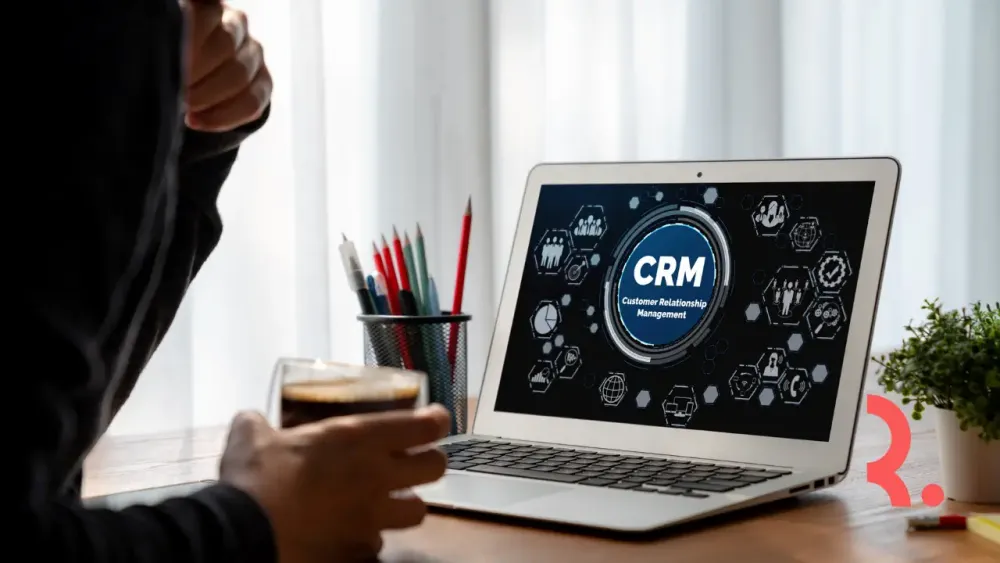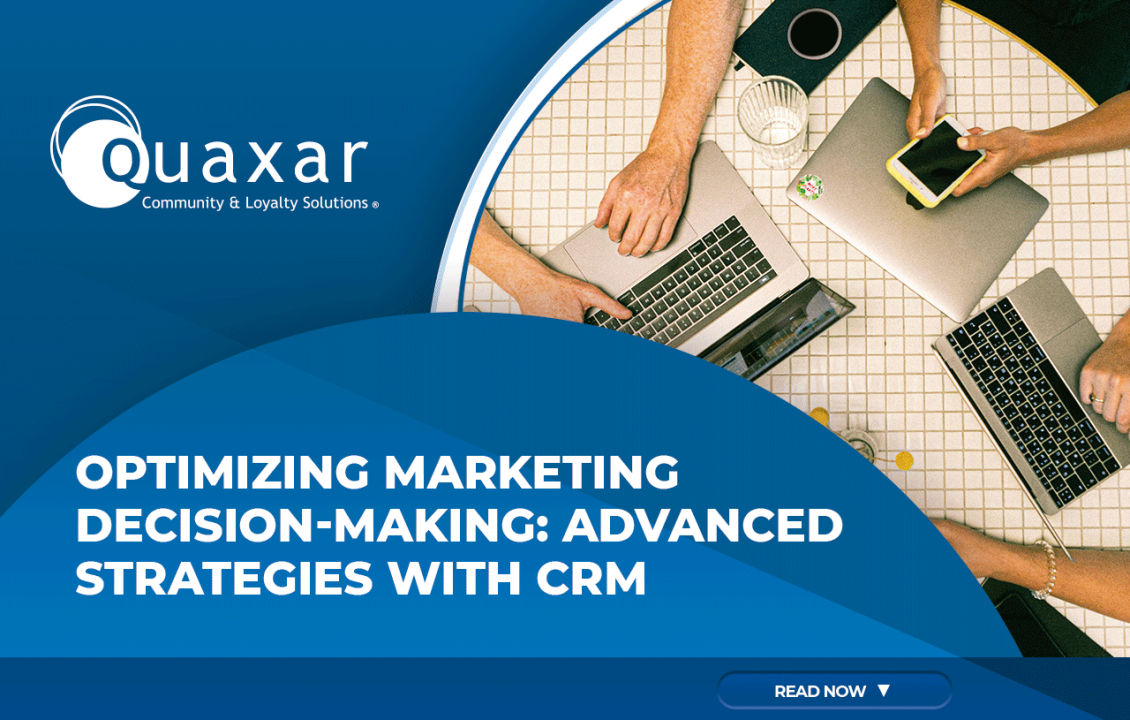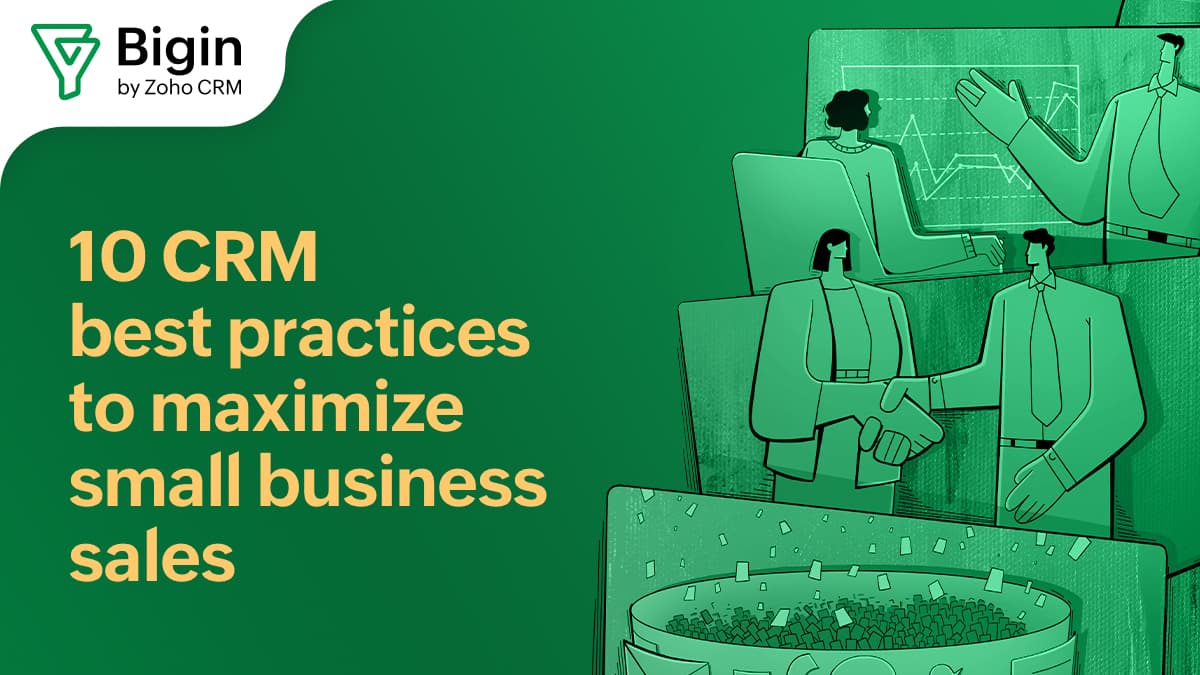
The Power of Loyalty: Why CRM Marketing and Loyalty Programs are Essential
In today’s competitive business landscape, acquiring new customers is only half the battle. The real triumph lies in fostering lasting relationships and transforming one-time buyers into devoted advocates. This is where the dynamic duo of CRM marketing and loyalty programs steps in, offering a powerful synergy that can revolutionize your customer engagement strategy.
But what exactly are CRM marketing and loyalty programs, and why are they so crucial? Let’s break it down.
CRM Marketing: Understanding the Core
CRM, or Customer Relationship Management, is more than just software; it’s a philosophy. It’s about understanding your customers, anticipating their needs, and delivering personalized experiences that keep them coming back for more. CRM marketing leverages the data collected within a CRM system to create targeted marketing campaigns, personalize customer interactions, and ultimately, build stronger relationships.
Think of it as the central nervous system of your customer interactions. It collects and organizes all the vital information about your customers – their purchase history, preferences, communication logs, and more – allowing you to tailor your approach to each individual.
Key benefits of CRM marketing include:
- Improved Customer Understanding: Gain a 360-degree view of your customers, enabling you to understand their behaviors, needs, and preferences.
- Personalized Marketing: Deliver relevant messages and offers, leading to higher engagement and conversion rates.
- Enhanced Customer Service: Provide faster and more efficient support, leading to increased customer satisfaction.
- Increased Sales and Revenue: Drive sales through targeted campaigns and improved customer retention.
- Streamlined Processes: Automate marketing tasks, freeing up your team to focus on strategic initiatives.
Loyalty Programs: Rewarding the Faithful
Loyalty programs are designed to incentivize repeat business by rewarding customers for their continued patronage. They’re the carrot that encourages customers to stay engaged with your brand and choose you over the competition. These programs come in various forms, from simple points-based systems to tiered structures with exclusive perks.
The core principle is simple: the more a customer interacts with your brand, the more rewards they earn. This creates a virtuous cycle, encouraging customers to make more purchases, refer friends, and become brand ambassadors.
Popular types of loyalty programs include:
- Points-based programs: Customers earn points for purchases, which can be redeemed for rewards.
- Tiered programs: Customers move up through different tiers based on their spending or engagement, unlocking increasingly valuable rewards.
- Paid programs: Customers pay a fee to join, gaining access to exclusive benefits and discounts.
- Gamified programs: Incorporate game mechanics like challenges, badges, and leaderboards to increase engagement.
The Synergy: CRM Marketing and Loyalty Programs Working Together
The real magic happens when you combine the power of CRM marketing with the allure of loyalty programs. CRM provides the data and insights needed to personalize the loyalty experience, while loyalty programs provide the incentives to drive customer engagement and data collection. It’s a symbiotic relationship that benefits both the business and the customer.
Here’s how they work in tandem:
- Personalized Rewards: CRM data allows you to tailor rewards to individual customer preferences. For example, a customer who frequently purchases a specific product category can be offered bonus points on those items.
- Targeted Promotions: CRM enables you to segment your customer base and send targeted promotions to specific loyalty program members. For example, you can offer early access to sales or exclusive discounts to your top-tier members.
- Automated Communication: CRM systems can automate the communication related to your loyalty program, such as sending welcome emails, point balance updates, and reward notifications.
- Data-Driven Optimization: By analyzing CRM data, you can track the performance of your loyalty program and make data-driven decisions to optimize its effectiveness.
- Enhanced Customer Experience: The combination of personalized rewards and targeted communication creates a seamless and engaging customer experience, fostering greater loyalty.
Building a Successful CRM Marketing and Loyalty Program Strategy
Implementing a successful CRM marketing and loyalty program strategy requires careful planning and execution. Here are some key steps to guide you:
1. Define Your Goals and Objectives
Before you start, clearly define your goals. What do you hope to achieve with your CRM and loyalty program? Are you looking to increase sales, improve customer retention, or drive brand advocacy? Having clear objectives will help you measure the success of your program and make informed decisions.
2. Choose the Right CRM and Loyalty Program Software
Selecting the right software is crucial. Consider your business needs, budget, and the features you require. Look for a CRM system that integrates seamlessly with your marketing automation tools and your chosen loyalty program platform. Some CRM systems offer built-in loyalty program features, while others integrate with specialized loyalty program providers.
3. Segment Your Customer Base
Effective segmentation is key to personalization. Use CRM data to divide your customer base into meaningful segments based on demographics, purchase history, engagement, and other relevant factors. This will allow you to tailor your marketing messages and loyalty program rewards to each segment’s specific needs and preferences.
4. Design Your Loyalty Program
Design a loyalty program that aligns with your brand and appeals to your target audience. Consider the following factors:
- Rewards: Offer rewards that are valuable and relevant to your customers. This could include discounts, free products, exclusive access, or personalized experiences.
- Program Structure: Choose a program structure that suits your business model and customer base. Points-based programs are suitable for a wide range of businesses, while tiered programs can be effective for incentivizing higher spending.
- Enrollment Process: Make it easy for customers to enroll in your loyalty program. Offer multiple enrollment options, such as online registration, in-store sign-up, and mobile app integration.
- Communication: Communicate your loyalty program clearly and consistently. Use email marketing, social media, and in-store signage to promote your program and keep your members informed about their rewards and benefits.
5. Personalize Your Marketing Messages
Leverage CRM data to personalize your marketing messages. Use customer data to address customers by name, recommend products based on their purchase history, and tailor your offers to their specific interests. Personalization can significantly increase engagement and conversion rates.
6. Automate Your Marketing Efforts
Use marketing automation tools to streamline your CRM marketing and loyalty program efforts. Automate tasks such as sending welcome emails, birthday greetings, and reward notifications. Automation can save you time and resources while ensuring that your customers receive timely and relevant communications.
7. Track and Analyze Your Results
Regularly track and analyze the performance of your CRM marketing and loyalty program. Monitor key metrics such as customer acquisition cost, customer lifetime value, customer retention rate, and redemption rates. Use these insights to identify areas for improvement and optimize your program for maximum effectiveness.
8. Provide Excellent Customer Service
Excellent customer service is essential for building customer loyalty. Train your employees to provide friendly, helpful, and efficient service. Respond to customer inquiries and complaints promptly and resolve issues to their satisfaction. A positive customer service experience can significantly enhance customer loyalty.
9. Continuously Optimize and Adapt
The customer landscape is constantly evolving. Regularly review your CRM marketing and loyalty program and make adjustments as needed. Gather feedback from your customers, analyze your data, and stay up-to-date on industry best practices. Continuous optimization is key to ensuring the long-term success of your program.
Real-World Examples: CRM Marketing and Loyalty Programs in Action
Let’s look at some examples of how businesses are successfully using CRM marketing and loyalty programs:
Starbucks Rewards
Starbucks offers a highly successful loyalty program that integrates seamlessly with its mobile app and CRM system. Customers earn stars for every purchase, which they can redeem for free drinks, food, and other rewards. The program is highly personalized, with Starbucks using customer data to recommend products, offer targeted promotions, and provide a seamless ordering experience.
Sephora Beauty Insider
Sephora’s Beauty Insider program offers a tiered structure with different levels of rewards based on customer spending. Members earn points for purchases, which they can redeem for samples, exclusive products, and early access to sales. Sephora uses CRM data to personalize product recommendations and send targeted promotions, creating a highly engaging customer experience.
Amazon Prime
Amazon Prime is a paid loyalty program that offers a wide range of benefits, including free shipping, exclusive discounts, and access to streaming content. Amazon uses CRM data to personalize the Prime experience, recommending products based on customer browsing history and purchase behavior. The program is highly effective at driving customer retention and increasing sales.
Challenges and Considerations
While CRM marketing and loyalty programs offer numerous benefits, there are also challenges to consider:
- Data Privacy: Ensure that you comply with all data privacy regulations, such as GDPR and CCPA. Be transparent with your customers about how you collect and use their data.
- Data Quality: The accuracy of your CRM data is critical. Implement processes to ensure that your data is clean, accurate, and up-to-date.
- Integration Complexity: Integrating your CRM system with your loyalty program platform and other marketing tools can be complex. Choose systems that integrate seamlessly and provide adequate support.
- Program Management: Managing a CRM marketing and loyalty program requires ongoing effort. Allocate sufficient resources to manage your program, track its performance, and make necessary adjustments.
- Customer Expectations: Customers have high expectations for personalization and convenience. Ensure that your program delivers a seamless and engaging experience that meets their needs.
The Future of CRM Marketing and Loyalty Programs
The landscape of CRM marketing and loyalty programs is constantly evolving. Here are some trends to watch:
- Artificial Intelligence (AI): AI is being used to automate marketing tasks, personalize customer experiences, and predict customer behavior.
- Mobile-First Approach: Mobile devices are becoming increasingly important for customer engagement. Businesses are focusing on mobile-friendly experiences and mobile apps.
- Gamification: Gamification techniques are being used to increase customer engagement and loyalty.
- Personalized Recommendations: Sophisticated recommendation engines are being used to provide highly personalized product recommendations.
- Focus on Customer Experience: Businesses are placing an increasing emphasis on the overall customer experience, including personalization, convenience, and exceptional service.
Conclusion: Building Lasting Customer Relationships
CRM marketing and loyalty programs are essential tools for building lasting customer relationships and driving business success. By understanding your customers, delivering personalized experiences, and rewarding their loyalty, you can transform one-time buyers into devoted advocates who will support your brand for years to come. By implementing a well-designed CRM marketing and loyalty program strategy and continuously optimizing your efforts, you can unlock the full potential of your customer relationships and achieve sustainable growth.
In essence, it’s about treating your customers not just as transactions, but as valued relationships. This human-centric approach, coupled with the power of data and technology, is the key to unlocking long-term success in today’s dynamic marketplace.

